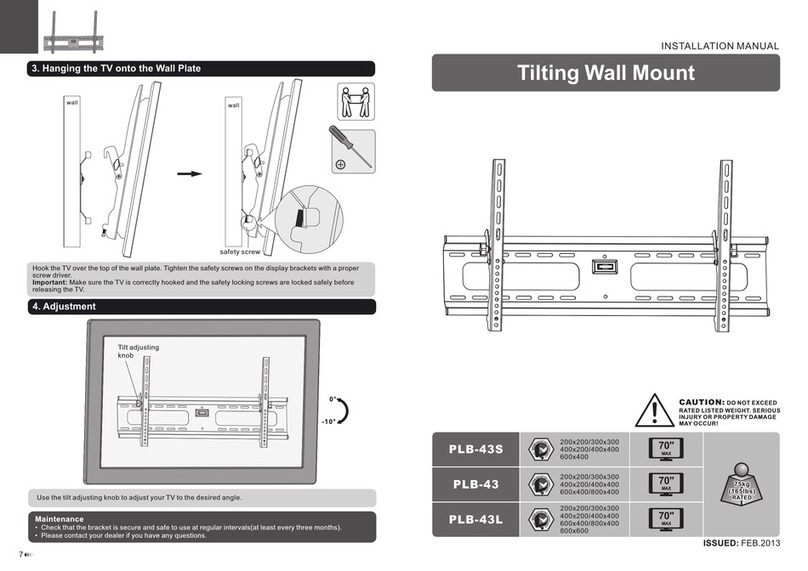3
Dual Seal Installation
2 Single End Suction Vertical Split Case and Vertical In-Line Pumps
(1 seal chamber)
2.1 Scribe Mark A on the shaft or sleeve at the face of the seal housing, Figure 5. Refer to the
assembly drawing provided with the seal for the seal setting dimensions. Scribe Mark B,
Figure 5, at this dimension from Scribe Mark A. (See Section 4 for ball drive designs).
2.2 Lubricate one of the two stationary face mounting O-rings or Duraflex rings with the silicone
lubricate provided with the seal and nest this O-ring in the gland cavity. Press the outer
stationary face into the gland with the sealing surface orientated toward the inboard side of
the gland. Use hand pressure only. Position the gland over the shaft or sleeve with the
stationary face sealing surface orientated toward the seal chamber (stuffing box). Place the
gland as close to the bearing bracket as possible. Do not bump the stationary face against the
shaft as it may chip, crack, or break.
2.2 Lubricate the shaft or sleeve with the silicone lubricant provided.
2.3 Install the rotating seal assembly on the shaft or sleeve:
• Outer rotating face with rotating face gasket O-ring, V-ring, or Duraflon wedge.
• Seal assembly.
• Inner rotating face with rotating face gasket O-ring, V-ring, or Duraflon wedge.
The rotating face sealing surfaces should be facing away from the springs and toward the
stationary faces. Be sure that the seal drive pins engage the drive slots in the rotating faces.
The RO, PTO, and similar designs have buttoned seal assemblies that can most easily be
installed on the shaft or sleeve as a unit with the rotating face gasket O-rings in place in the
bore of the rotating faces. The BRO, MRO, and similar designs are generally larger in diameter
and the rotating seal parts are most easily installed as individual components.
Handle Duraflon V-rings, wedge rings, Durafite, and Duraflex with extreme care. Duraflon
V-rings must be assembled individually and not pushed on the shaft or sleeve while they are
part of the rotating face or rotating seal assembly. Avoid nicking or pinching either lip of the
V-ring. Use both V-rings, they work together to form an effective seal.
Position the rotating seal assembly in its final axial position with the indicated position of the
seal drive lined up with Scribe Mark B. Tighten the seal drive set screws firmly and evenly.
2.4 Lubricate the seal chamber bore with the lubricant provided. The seal chamber is usually the
stuffing box contained in the pump back plate.
2.5 Lubricate the other stationary face gasket O-ring and place it on the back shoulder of the
inner stationary face. Slide the inner stationary face with the O-ring into position at the bottom
of the chamber. The rubbing or sealing surface of the inner stationary face should face out,
away from the impeller.
2.6 Wipe the seal faces clean with alcohol. Seal faces should not be lubricated but should be left
clean and dry.
2.7 Install the seal chamber (pump back-plate) and assemble the pump. Position the gland
to the face of the seal housing. Be sure the gland pilot is properly engaged. Tighten the gland
stud nuts evenly, cross stagger the adjustment of the nuts. Follow the equipment manufacturer's
recommendations for gland stud nut torque. In the absence of recommendations, gland nuts
should only be torqued to establish a leak tight seal at the gasket. Proper gland bolt adjustment
is especially important with a clamp style stationary face where excessive torque may damage
the face.
2.8 See Section 5, Operational Recommendations, before starting pump.





































